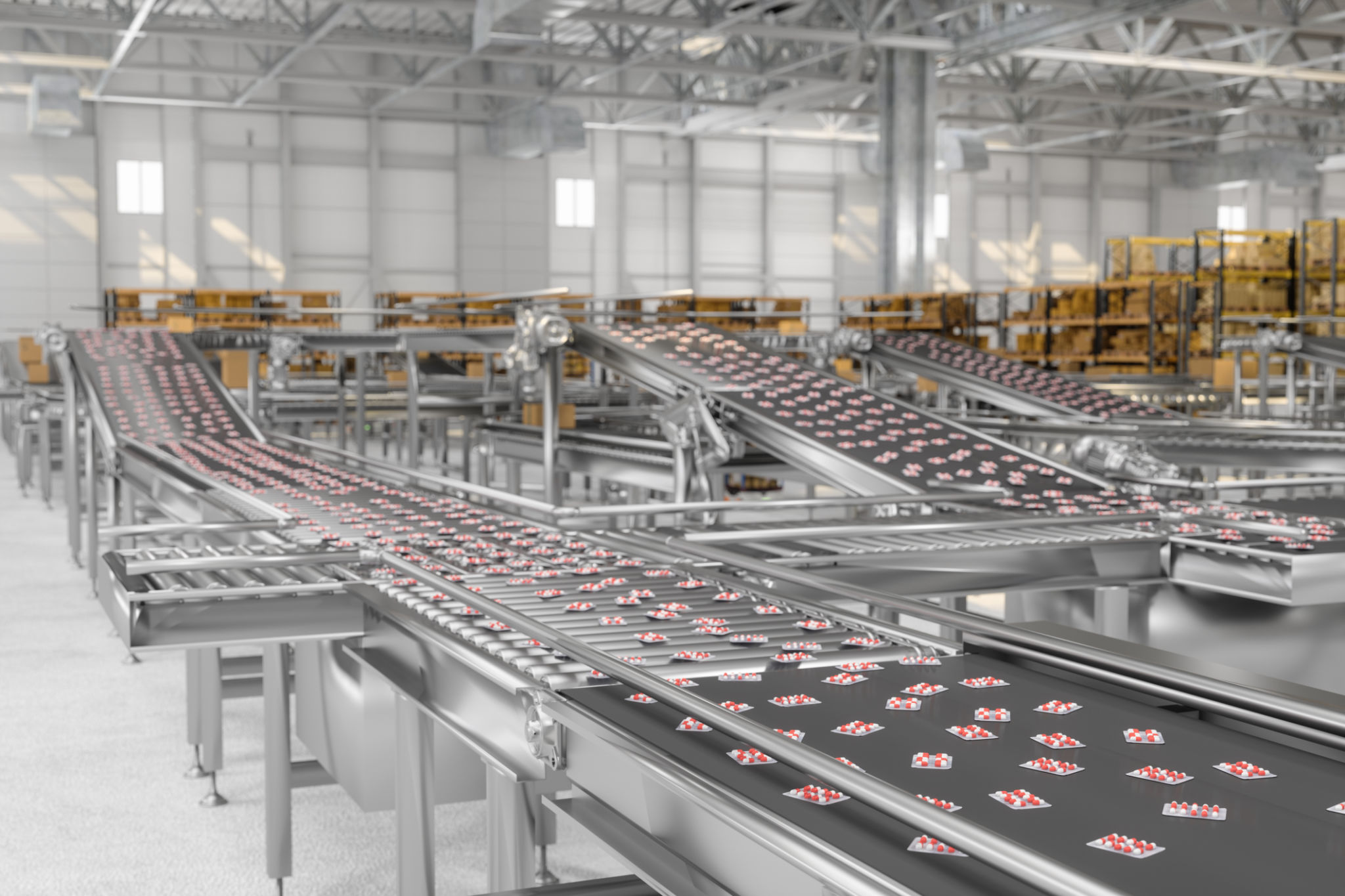How to Identify Hidden Inefficiencies in Your Logistics Operations
Understanding the Importance of Efficiency in Logistics
The logistics sector is the backbone of many industries, ensuring that goods and services reach their destinations on time. However, hidden inefficiencies can lead to increased costs and reduced competitiveness. Identifying and addressing these inefficiencies is essential for optimizing operations and maintaining a competitive edge.
Efficiency in logistics not only improves your bottom line but also enhances customer satisfaction and strengthens your brand reputation. By focusing on streamlining processes, companies can significantly boost their productivity and profitability.

Analyzing Your Current Processes
To uncover hidden inefficiencies, start by conducting a comprehensive analysis of your current logistics processes. This involves mapping out each step in your supply chain, from procurement to delivery. Identify areas where delays or bottlenecks occur and investigate their root causes.
Consider using technology to assist in this analysis. Tools such as logistics management software can provide valuable insights into where inefficiencies may be lurking. By leveraging data analytics, businesses can pinpoint specific areas for improvement.

Key Areas to Examine
While analyzing your logistics operations, pay special attention to the following areas:
- Transportation: Evaluate routes and modes of transport to ensure cost-effectiveness and timeliness.
- Inventory Management: Assess stock levels and turnover rates to avoid overstocking or stockouts.
- Warehousing: Look for opportunities to optimize space utilization and streamline picking and packing processes.
Leveraging Technology for Greater Efficiency
Technology plays a crucial role in identifying and resolving inefficiencies. Implementing advanced logistics software can automate and optimize various processes, from route planning to real-time tracking. IoT devices, for instance, can provide real-time data on vehicle locations and conditions, helping to improve decision-making.
Moreover, adopting artificial intelligence and machine learning algorithms can help predict demand patterns and optimize inventory levels, reducing waste and enhancing service delivery.

Training and Empowering Your Workforce
An often-overlooked area in logistics efficiency is the human component. Ensuring that your workforce is adequately trained and empowered to make decisions can lead to significant improvements. Regular training sessions and workshops can keep your team updated on the latest technologies and best practices.
Encouraging a culture of continuous improvement and open communication can also help identify inefficiencies that may not be immediately apparent. Employees on the ground often have valuable insights into everyday challenges and potential solutions.
Continuous Monitoring and Improvement
Once inefficiencies have been identified and addressed, the process doesn’t stop there. Continuous monitoring is essential to ensure that improvements are maintained and to catch any new issues early. Establish key performance indicators (KPIs) to measure the success of your logistics operations regularly.
By fostering a mindset of continuous improvement, companies can remain agile and responsive to changes in the market or industry. This proactive approach ensures that your logistics operations remain efficient and effective over time.
Conclusion
Identifying hidden inefficiencies in your logistics operations is a crucial step toward optimizing your supply chain. By conducting a thorough analysis, leveraging technology, empowering your workforce, and committing to continuous improvement, you can enhance efficiency, reduce costs, and improve customer satisfaction.
Taking these steps will not only streamline your operations but also position your business for long-term success in an increasingly competitive market.
